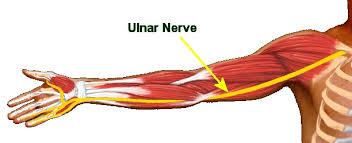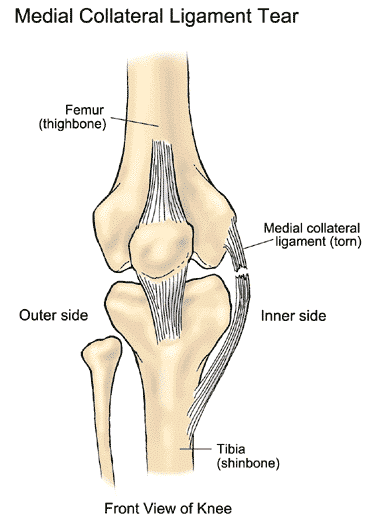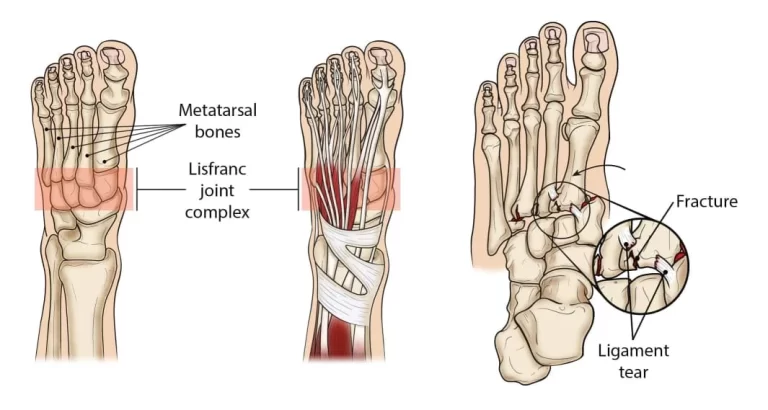Wrist muscle strain
Table of Contents
What is a wrist muscle strain?
- A wrist muscle strain is an injury where the muscle in your wrist overstretches or tears. Typically, the injury happens during a fall. Your wrist can suddenly bend or twist, causing damage to the muscle.
- Most wrist strains can be treated with home remedies and exercises. If your strain is severe, you might need a splint or surgery.
Where is the wrist muscle located?
- When talking about wrist muscles, you’re referring to muscles that originate and are mostly located in the forearm. generally, the wrist muscle is located in the forearm and a long tendon across to the wrist joint and attaches to a bone in the hand which allows for wrist movements.
- There are 4 movements that the wrist can make flexion, extension, ulnar deviation, and radial deviation. The forearm/ wrist/ hand can also rotate in supination and pronation movements.
- There are six main muscles that flex the wrist. These muscles are the flexor carpus radialis , flexor carpus ulnaris and palmaris longus . These 3 muscles originate from the humorous and cross the forearm and extend through the wrist by tendons and insert into the bones of the hand.
- The other three muscles, the flexor pollicis longus, flexor digitorum profundus, and flexor digitorum superficial, start in the forearm and the tendons attach to phalanges( finger bones). Due to where these muscles insert they’re capable to help with flexing the wrists and flexing the individual finger/ thumb they attach.
Classification of wrist muscle strain
Grade 1: Wrist muscle strain is classified as a minor injury. It happens when the wrist muscles or tendons are overstretched, but you do not lose mobility or strength.
Grade 2: The strain is moderate tearing in the wrist or tendons that causes some loss of mobility or strength.
Grade 3: Strain is a complete rupture of the wrist muscle or tendons. If you have a grade 3 muscle strain, you may require surgery to repair muscle strain.
Symptoms of wrist muscle strain
A wrist strain generally occurs suddenly( acute injury), or can develop over time through repetitive stress and overuse( chronic wrist pain). Symptoms of a wrist strain include:
- Pain in the wrist may increase gradually or suddenly.
- There may be a particular area that feels tender to touch.
- The lump may develop, but not always.
- Decreases the range of motion
- Wrist joint Stiffness
- Bruising around the affected area
- The affected muscle may experience muscle spasms
Cause of wrist muscle strain
Wrist muscle strain will occur either from injuries or trauma. this will result to:
- Not warming up properly before physical activity
- Poor flexibility
- Poor conditioning
- Overexertion and fatigue
- Weakness
Injuries during playing sports activities like basketball, tennis, boxing, wrestling, or gymnastics, among others
- Trauma because of falls or a direct hit to the area
- Repetitive motions during athletic or work activities
- Lifting and moving heavy items
Wrist strain risk factors
Anyone can get a wrist strain. There are various factors that can increase your likelihood of developing a wrist strain, including:
- Playing a sport or performing activities that require repetitive motions or exertion of the elbows or wrists can increase the risk of elbow or wrist strains.
- New routines. A sudden increase in physical activity with a lack of preparation or conditioning can increase the risk of wrist strains.
- People who are prone to falling are also at greater risk for wrist strains.
- Prior injury. Muscles, ligaments, and tendons that have been previously injured are more prone to strains.
Wrist muscle strain diagnosis
Your doctor can diagnose a wrist muscle strain during a physical examination.
Medical history: to decide when symptoms began and potential activities that might have caused the sprain or strain.
The doctor will also look for swelling on the forearm or wrist area that indicates a wrist muscle tear or strain. to confirm your diagnosis, your doctor may also instruct an X-ray or MRI.
Assessment
Subjective assessment
- History with associated symptoms
- Mechanism of injury
- Inciting trauma direction and extent of injury force
- Repetitious trauma- defective postural-related injuries
Observation Strain injuries of the biceps may present with an obvious deformity similar to a bulge or defect in the muscle belly.
Palpation
Tenderness
Swelling
Medical Treatment
Wrist muscle strains infrequently require surgery but still may be necessary for a complete rupture.
For immediate
- Nonsurgical, Conservative treatment maximum muscle strains do not demand surgery if the muscle is fully damaged doctors suggest surgery If there is a partial gash also the athlete can replace it when they are effortless and have normal strength and movement. this generally occurs following anywhere from many weeks to many months of significant treatment and therapy. When the muscle is fully damaged, the athlete may advantage from surgical repair. e tone- care of a muscle strain.
- Some therapists suggest avoiding inimical pain medicines that can extend your threat of bleeding — similar to over-the-counter (OTC) medicine (naproxen sodium (Aleve) aspirin and ibuprofen (Advil, Motrin IB), — during the first 48 hours after a muscle strain. Acetaminophen (Tylenol) and others can be helpful for pain relief during this period.
- A physiotherapist can help you to increase the strength and stability of the injured joint or limb. Your doctor may suggest that you stabilize with a brace. For some muscle injuries, wrist muscle strain surgery may be called.
the R.I.C.E approach
To prevent swelling and pain as first aid by following RICE principal
R- rest
I- ice for cooling
C- compression tapping and splinting
E- elevation
- Rest. Avoid activities that cause pain, swelling, or discomfort. don’t avoid all physical activity.
- Ice. though you are seeking medical facilities, ice the world right away. Use an associate degree ice pack or slush tub of ice and water for 15 to 20 minutes every time occasion anytime and repeat every 2 to 3 hours. In contrast, you are awake for the primary few days once the injury.
- Compression. to assist stop swelling, compress the world with an associate degree bandage till the swelling stops. do not wrap it too tightly otherwise, you might hinder circulation. Begin wrapping at the top farthest from your heart. Loosen the wrap if the pain increases, the space becomes numb or swelling is going on below the wrapped area.
- Elevation. Elevate the burned space on top of your heart’s extent, particularly at midnight, which permits gravity to assist scale back swelling.
Physiotherapy treatment
The aim of activity treatment is
- Relieve wrist muscle pain
- Reduce muscle swelling
- Increases wrist muscle strength.
- Improve full mobility of the ligament and corresponding joint
- Restore the patient’s confidence
- Restore the patient’s whole functional activity
Phase one: one to two weeks
Physiotherapy rehabilitation can be started after 48 hours of injury, For the first few days give an electric modality, give to relieve swelling and muscle pain
Ultrasound
Ultrasound has been used for tissue healing
Increases blood circulation and mobility.
To reduce swelling and pain
Cryotherapy
Inflammation and swelling can be reduced by applying cryotherapy in form of ice packs, and cold water baths to the affected area. Continuous application of colds several times a day for 15-30 minutes at a time is recommended.
TENS
Transcutaneous electrical nerve stimulation (TENS) may be able to help reduce pain and muscle spasms.
Phase two: three to six weeks
First few days start pain-free mild to moderate exercise
Wrist isometric exercise
1)Isometric redialdevition
Remain your affected wrist straight with your hand in a fist.
Place the unaffected hand underneath.
Push down with your fist into the other hand, so you are working against it. This helps to work the muscles without moving the wrist joint
Do 10 to 15 rep
2)Isometric ulnardevition
Place your unaffected hand over the top of the fist.
Again push your fist into the hand, so that you are working against it, but reaming the wrist straight.
Do 10 to 15 rep
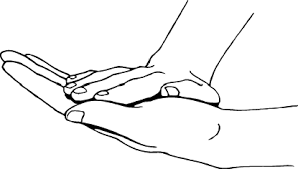
3)Isometric flexion
With your elbows relaxed by your sides,
place your affected hand in a fist and get into the position in the palm.
Push down into your palm, with your affected wrist, no movement allowed!
Do 10 to 15 reps
4)Isometric extension
with your elbows relaxed by your side
Place your unaffected hand and place it on top of the affected wrist.
Push up against it.
Do 10 to 15 reps
Wrist active exercise
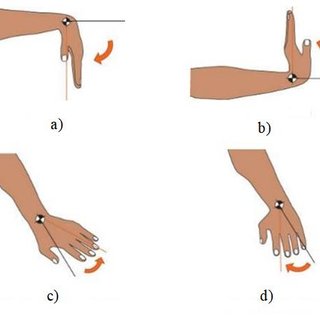
1)Wrist flexion and extension
Place your hand at the edge of the table.
Bend your wrist up and down as far as you can
Complete 10 to 15 rep
2)Radial and ulnar deviation
Place your hand at the edge of the table.
Reaming your hand and forearm in line, flex your wrist as far as you can,
Towards your little finger and then towards your thumb.
Complete 10 to 15 rep

3)Pronation and supination
Place your hand at the edge of the table.
With your elbow bent to 90°at edge of the table,
Turn your palm to face up, then to face down.
Add over pressure with your opposite hand for an extra stretch if required.
Complete 10 to 15 rep
Phase three: six to twelve weeks
After pain relief start stretching and strengthening exercise
Stretching and Strengthening exercises

1) Prayer Stretch
Seat in a chair with your elbows bent and palms together, fingertips pointing up at a level that’s just below your chin.
Lower your hands toward your waist, reaming your hands pressed together and close to your stomach.
When you feel a pain-free stretch in the underside of your forearms, hold the position for 20 seconds.
Repeat 4 to 6 times.
You’ll feel this stretch more if you can remain your fingers together. Your fingers will likely start to bend as you move your hands down.
2)Steeple Stretch
Do this stretch, and start in the “prayer” position.
Split up your fingers and thumbs as wide as you can comfortably.
Reaming your fingers together, split up your palms, and bring them back together.
Do 10 t 15 repetitions 2 to 3 times per day.
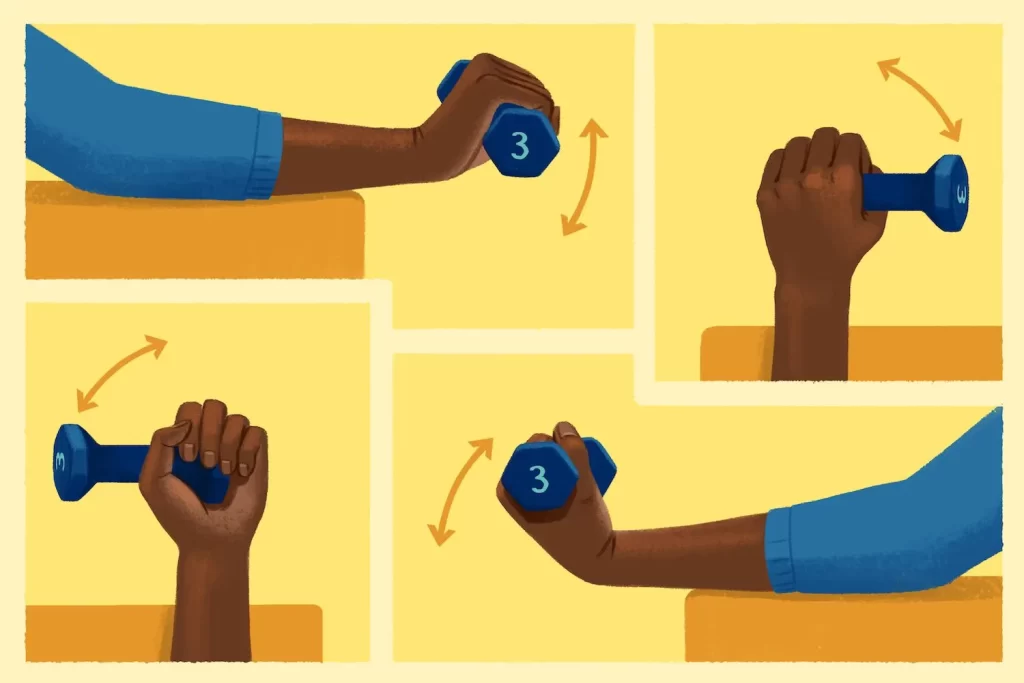
3)Wrist extension with dumbbell
For the wrist extension, you’ll require a dumbbell, a chair, and a table.
Sit in the chair with your forearm at rest on a table. Hold a dumbbell and hang your wrist and hand over the edge of the table.
With your palm facing down, slowly lift your hand so the back of your hand moves ups towards the ceiling. Your forearm should be resting on the table.
Once your wrist is fully extended, hold the position for 10-15 seconds, then slowly lower your hand down.
10 to 15 reps
Do two to three sets per day.
4)Wrist Flexion with dumbbell
Continue holding the weight and support your forearm on the table.
Turn your hand over, so your palm is facing upward to the ceiling.
Remain the reverse of your arm against the table. also, flex your wrist up so that your palm moves towards the ceiling.
Once your wrist is completely flexed, hold the position for two to three seconds. also, gently Lower your hand back to the normal position.
Repeat 10- 15 rep
Two to three sets per day
5)Wrist supination with dumbbell
Sit in a chair with the side of your forearm supported on the table and your wrist and hand hanging over the edge.
Your thumb should face the ceiling.
Hold the end of a small dumbbell in your hand, like you would hold a hammer.
Slowly allow your hand and wrist to turn over so your palm is facing up toward the ceiling.
Hold the end position for 10 to 15 seconds, then slowly turn your hand back up, so the dumbbell is straight up once again.
6)Wrist pronation with dumbbell
To strengthen your wrist pronators, sit on a chair with your forearm supported on a table and your wrist and hand over the edge of the table.
Hold one end of a dumbbell with the weight pointing upward to the ceiling.
Slowly turn your hand, so your wrist and palm are facing down toward the floor. Hold this position for 10 to 15 seconds, then slowly turn your hand back to the starting position with the weight pointing upward to the ceiling.
Do 10 to 15 repetitions.
Two to three sets per day
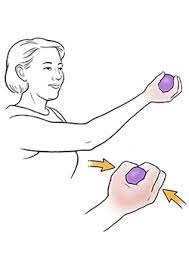
7)Griping exercise
Keeping your wrist in a straight
Position, use a soft ball or a balled-up pair of socks, and squeeze the ball until your fingers are in your palm and slowly release.
Preventive measures
- Do the proper warm-up before some exercises or sporting activities.
- Stretch after exercising or playing sports
- Avoid immediate intense strength training and build strength gradually
- Do Regular stretching and strengthening exercises for your sports, fitness, or work exertion, as a part of your overall physical activities
- An exercise program can help to minimize your danger of muscle strains.
- Try to be in a shape to play your sport; don’t play your sport to get in shape.
- If you have a physically demanding occupation, regular exercise can help to help injuries.
FAQs
1. How long does a wrist strain take to heal?
You are wrist is strained because you have stretched muscles, which connect the bones in your wrist. Wrist strains usually take from 2 to 10 weeks to heal, but some strains take longer time. generally, the more pain you have, the more severe your wrist strain is and the longer it will take to heal.
2. Is a wrist strain serious?
Not all wrist strain requires medical care. Minor strains usually respond to ice, rest, and pain medications you can buy without a prescription. But if pain and swelling last longer than a few days or become worse, see your healthcare provider
3. what are the symptoms of a wrist muscle strain?
pain
swelling
decreases a range of motion
Stiffness
bruising around the affected area
the affected muscle may experience muscle spasms4. What causes wrist strains?
A wrist strain may occur from a direct blow to the area. Falling on an outstretched arm/hand or contact that causes the wrist to forcefully move in one direction. It can also happen from movement involving a twist or hyper-extension.
5. what is the cause of wrist muscle strain?
muscle strain will occur either from injuries or trauma. this will result to:
not warming up properly before physical activity
poor flexibility
poor conditioning
overexertion and fatigue
weakness

